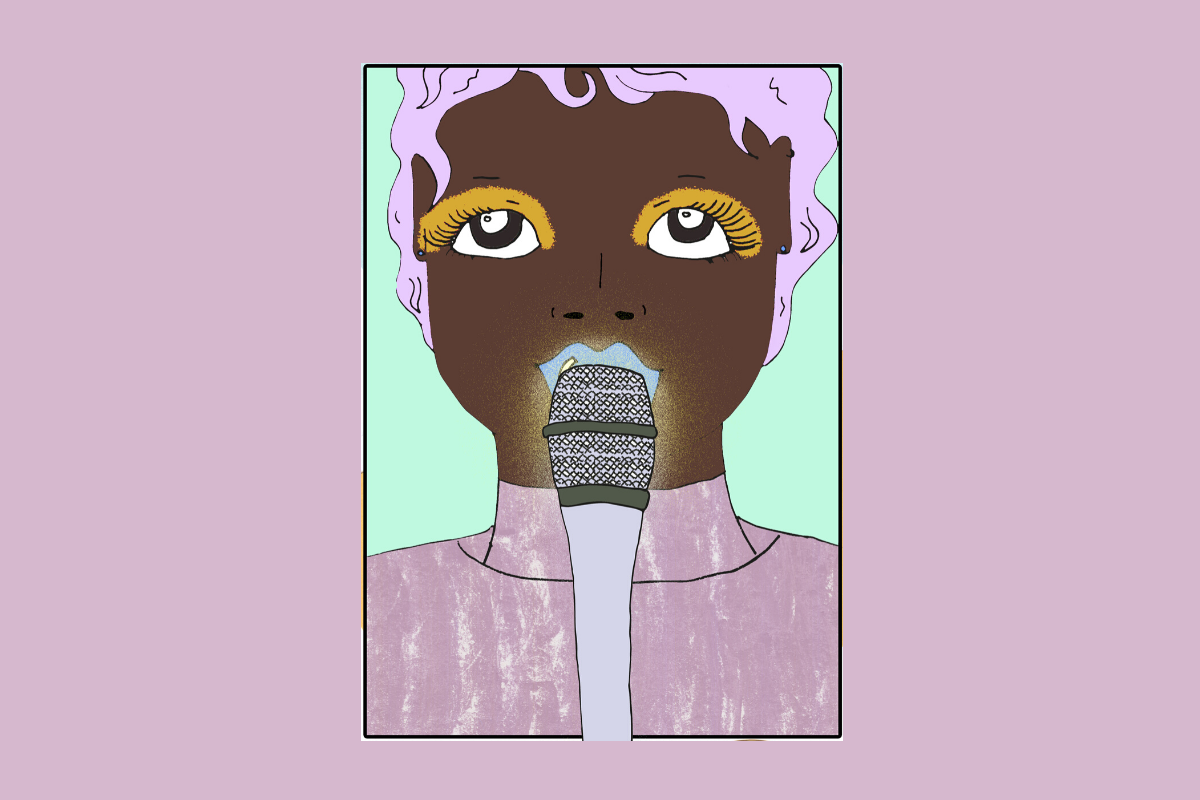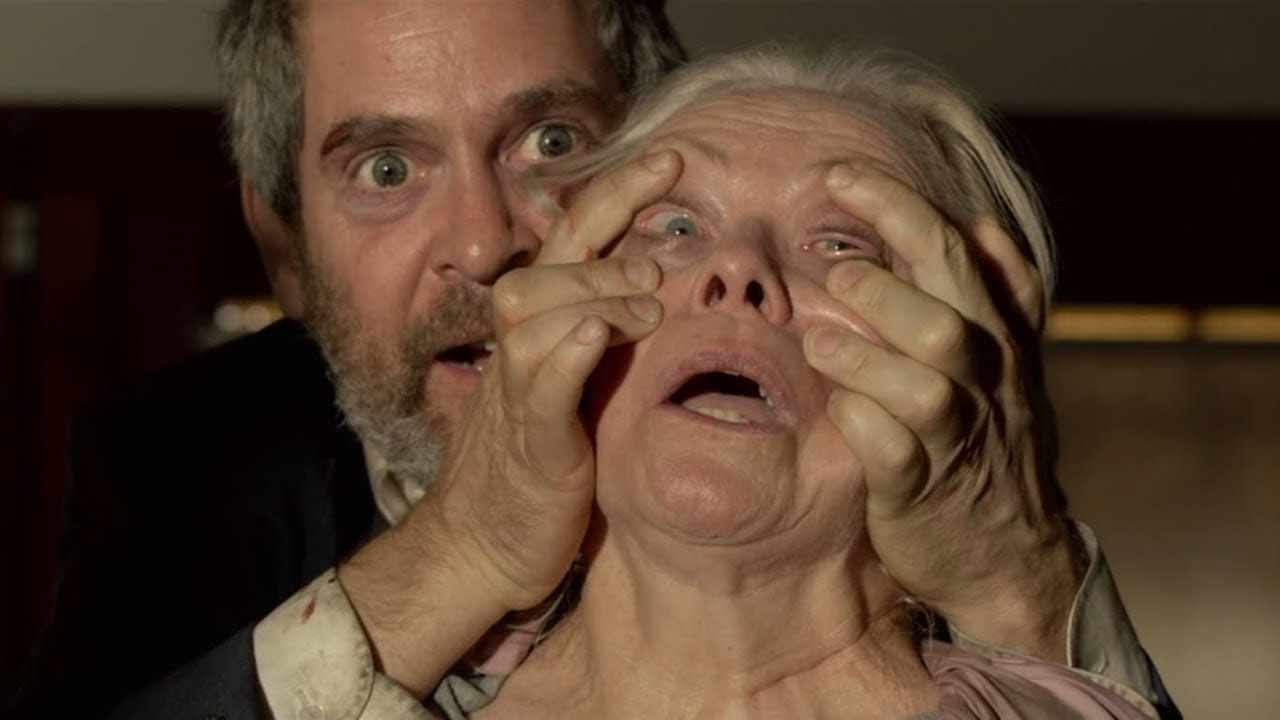
Illustration by Naomi Gennery
An angelic-looking white woman with a blond chignon and lightly jangling chandelier earrings unscrews the cap of a bottle of rose geranium oil. “Perhaps one of my favourites!” she whispers, gently shaking the glass vial next to a binaural microphone.
Like 3 million other viewers of this video, I’m watching ASMR on YouTube. ASMR, which stands for Autonomous Sensory Meridian Response, describes an internet phenomenon where “ASMRtists” create videos showcasing mesmerising visual stimuli and gentle sounds such as tapping, scratching, inaudible whispering with the purpose of triggering skin-tingling sensations for viewers.
Notably, as s.e smith wrote for Bitch Media in 2017, ASMR is “very much a white woman’s world”. The typical ASMRtist is a youthful, demure, clear-skinned, cisgender white woman who delivers video content with a gentle and genial disposition. Indeed, a YouTube list of the most-viewed ASMR videos is dominated by women whose presentation of wide-eyed, snowy-white femininity is seemingly integral to their work and branding.
“The typical ASMRtist is a youthful, demure, clear-skinned, cisgender white woman”
ASMR content commonly includes role play, where the ASMRtist simulates brushing “your” hair or performing a medical check-up. It’s clear through this performance of care work that many viewers experience ASMR as a personal and intimate service. “Thank you for taking such good care of me,” one user writes. “Your smile is so genuine,” notes another. A third shares a common sentiment: “Thank you so much for getting me through some difficult times.” In a 2016 article for The Atlantic, Julie Beck describes ASMR videos as “pure-intentioned” and “a whispered performance of kindness and nurturing”, often including “earnest messages of emotional support”.
What Julie frames as the emotional care work of ASMRtists, displayed within the carefully crafted window dressing of white femininity, taps neatly into historical and oppressive value systems. The “Cult of True Womanhood”, a concept coined by academic Barbara Welter to explain the gender expectations placed on women in the 19th century, outlines that “true” women are expected to adhere to ideas of piety, purity, submission and servile domesticity.
Crucially, these virtues were largely inaccessible to working-class women and black women in the preceding centuries. Historian Shirley J. Yee confirms that “true womanhood” ideals were directly oppositional to those who experienced enslavement, the legacy of which continues to deny black women autonomy over their bodies, labour and spiritual practices to differing degrees.
The issue of “purity” has come to the fore in recent years in the ASMR community, and the associations drawn between ASMR, sensuality and sex work have become a bone of contention for mainstream content creators. In an attempt to distance themselves from sex workers, some high-profile artists make a point of stating explicitly that their work is not “sexual”. By the same token, viewers praise ASMRtists for having content that isn’t sexualised, as well as being critical of more “suggestive” videos. One viewer writes with tight-lipped disdain under a video showcasing ASMR triggers: “I would not be surprised if she is secretly a pornstar.”
“The issue of ‘purity’ has come to the fore in recent years in the ASMR community”
The result of this context is a sprawling portfolio of content that cashes in on the bland yet delectable “innocence” of white femininity, ostensibly by leaning hard into a delicate alchemy of whiteness, emotional labour, Eurocentric beauty standards and gender binaries. Part of this process seems to involve also throwing sex workers – who continue to fight battles to have their rights as workers recognised – under the bus. The good news is that ASMRtists who deviate from this well-trodden profile have grown in popularity, such as Chynaunique ASMR (1.5m subscribers), Somni Rosae (34k subscribers), Latte ASMR (846k subscribers) and others.
These creators offer content free of the threat of lulling you into a Get Out-style hypnosis by Becky with the good whisper: that’s enough in itself to guarantee a good night’s sleep.
Taken from gal-dem’s print issue UN/REST, on sale now









